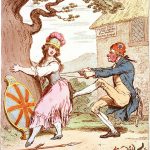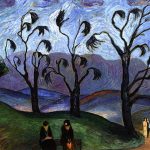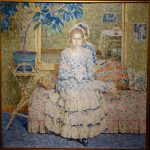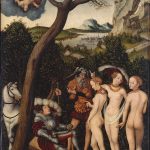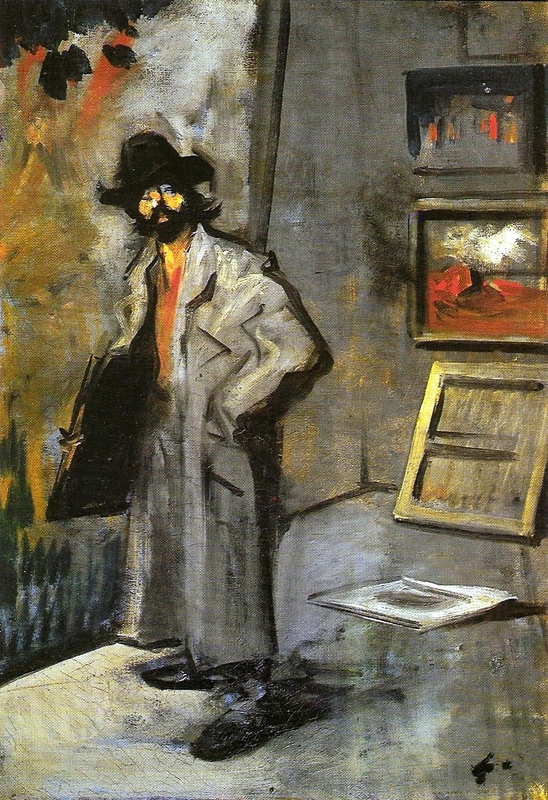
Jean-Louis Forain, born on October 23, 1852, in Reims, France, emerged as a versatile and perceptive artist whose work spanned the realms of painting, drawing, and caricature. His journey through the transformative landscape of late 19th and early 20th-century France marked him as a keen observer of society, a satirist with a sharp wit, and a painter whose works reflected the multifaceted nature of human experience.
Raised in a family with a strong artistic lineage, Forain’s early exposure to the arts set the stage for his future endeavors. He began his formal artistic education at the École des Beaux-Arts in Paris, studying under renowned painters such as Jean-Léon Gérôme. However, the formal academic setting failed to quench his thirst for innovation and a desire to explore the intricacies of contemporary life.
Forain’s first foray into the art world occurred through his contributions to various Parisian publications, where he honed his skills as a caricaturist. His incisive wit and ability to distill societal issues into poignant visual commentary quickly garnered attention. By the 1870s, he had established himself as a prominent contributor to publications like Le Courrier Français and Le Figaro, capturing the humor and absurdities of French society with a keen eye.
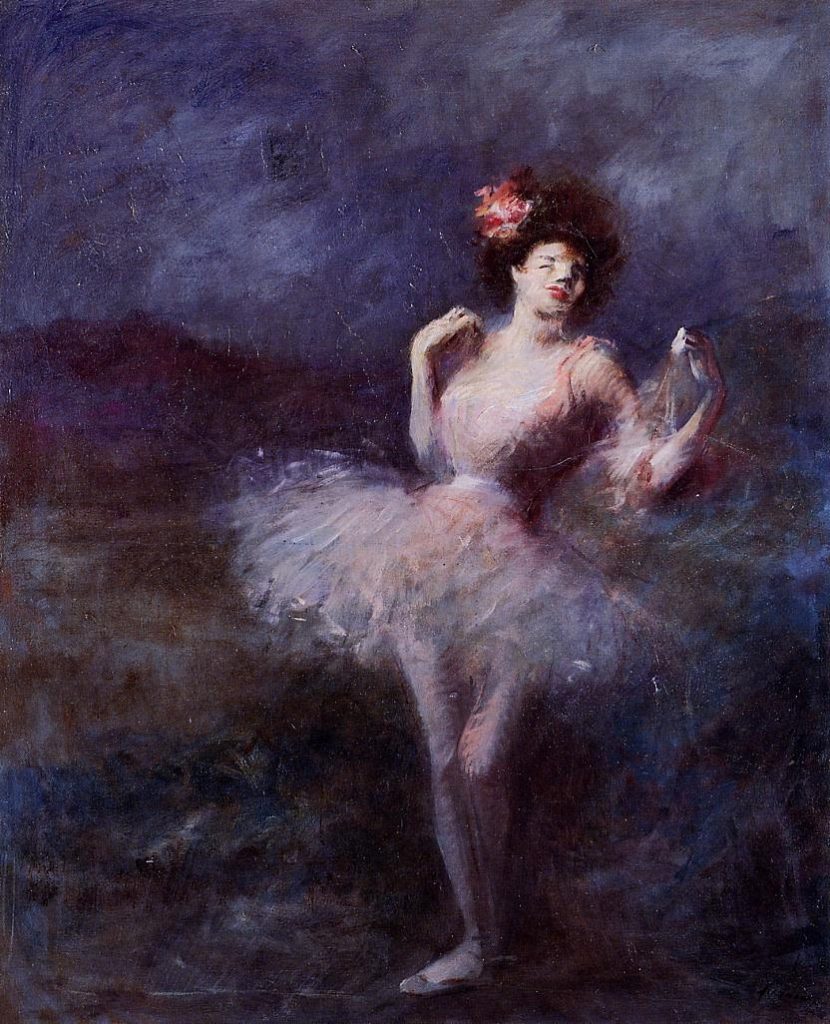
While his early career was dominated by his prowess as a satirical illustrator, Forain’s ambitions extended beyond the confines of caricature. He sought to establish himself as a serious painter and found inspiration in the world of theater, a realm he would frequently revisit throughout his career. His friendships with notable playwrights and actors, including Edgar Degas, provided him with a front-row seat to the vibrant world of the Parisian stage.
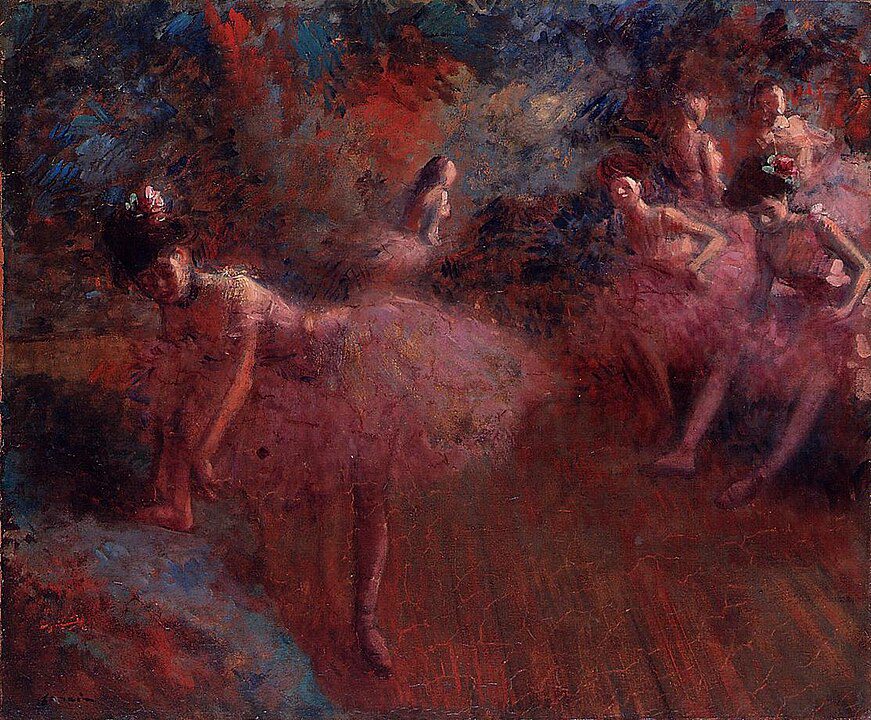
Forain’s fascination with the theatrical milieu found expression in his paintings, often featuring scenes backstage or glimpses into the lives of performers. His “Behind the Scenes at the Comédie-Française” (1876) and “The Dancer in Her Dressing Room” (1879) exemplify his ability to capture the energy and allure of the theater, blending realism with a touch of romanticism.
The 1880s marked a significant phase in Forain’s artistic evolution. He participated in the Impressionist exhibitions, aligning himself with the avant-garde movements that were challenging traditional artistic norms. His works from this period, such as “Café-Concert” (1885) and “The Visitors” (1889), showcased a departure from strict academic conventions, embracing a more spontaneous and modern approach.
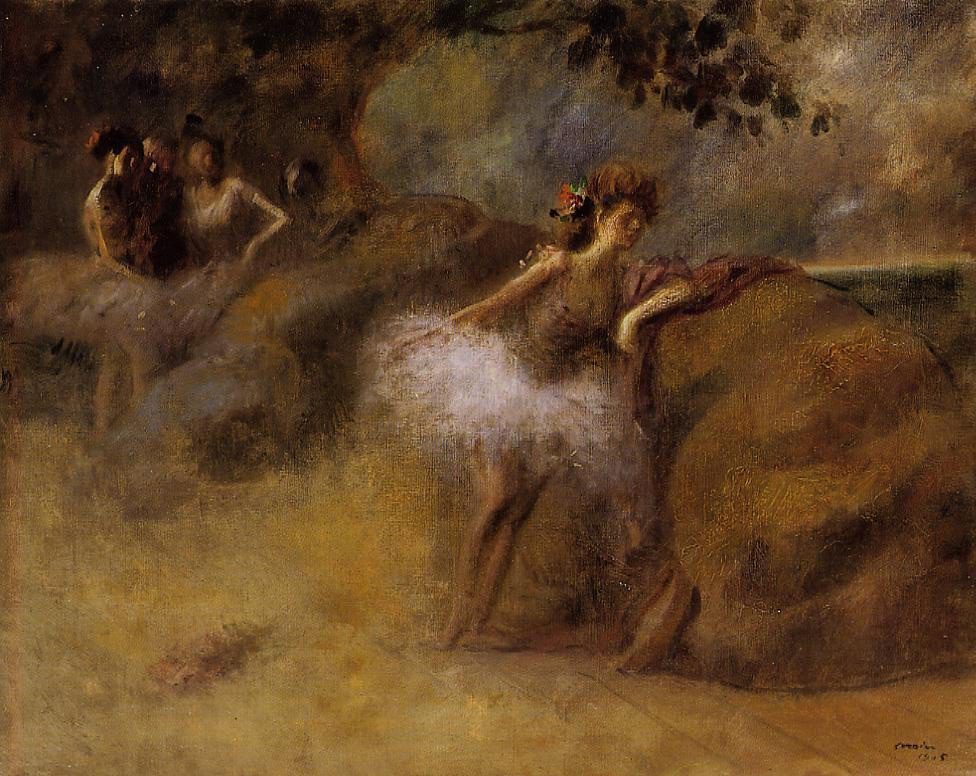
Forain’s association with the Impressionists did not diminish his commitment to social commentary. If anything, it allowed him to diversify his expressive palette. His fascination with the societal underbelly found new outlets in his depictions of brothels, courtrooms, and street scenes. His sketches and paintings captured the gamut of human experience, from moments of leisure to the stark realities of everyday life.
As the 20th century dawned, Forain’s reputation continued to grow, and he found himself at the intersection of art and politics. His interest in societal issues deepened, and he became actively involved in political satire, using his artistic talents to comment on the political landscape of France. His sharp observations and biting caricatures of political figures earned him recognition as a social commentator with a discerning eye.
Forain’s artistic versatility was further underscored by his involvement in printmaking and illustration. He collaborated with authors such as Joris-Karl Huysmans, creating illustrations that complemented the narrative depth of literary works. His illustrations for Émile Zola’s “La Terre” (1887) exemplify his ability to translate complex narratives into visually compelling imagery.
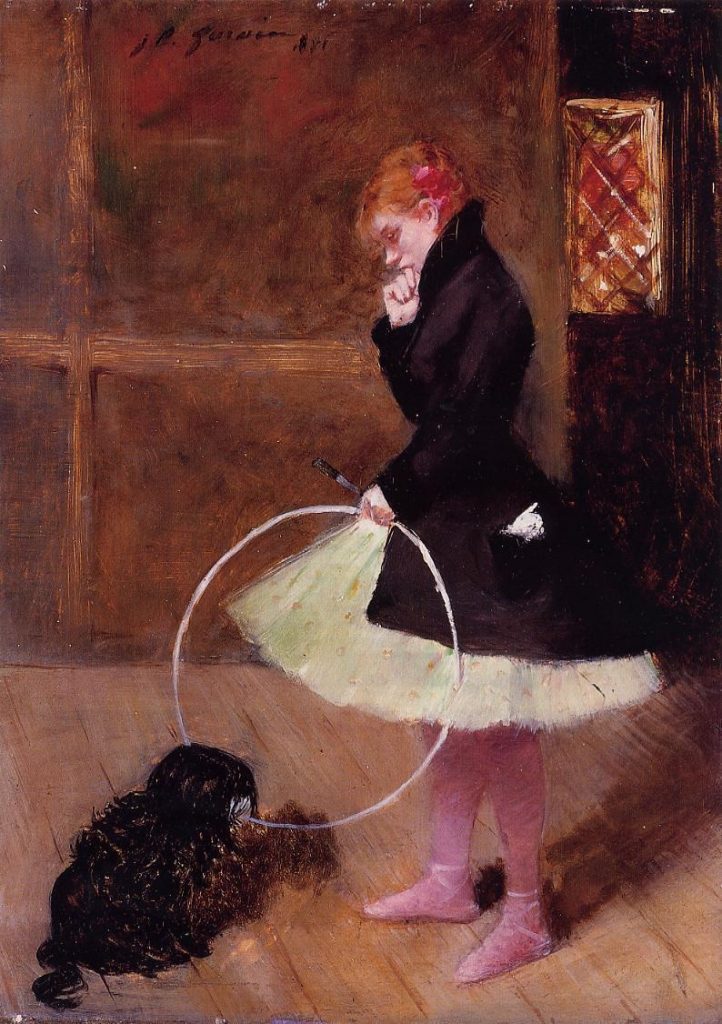
The outbreak of World War I had a profound impact on Forain, leading him to document the experiences of soldiers and civilians alike. His wartime sketches captured the human toll of conflict, offering a poignant counterpoint to his earlier satirical works. The depth and sensitivity of his wartime illustrations reflected a mature artist grappling with the complexities of the world around him.
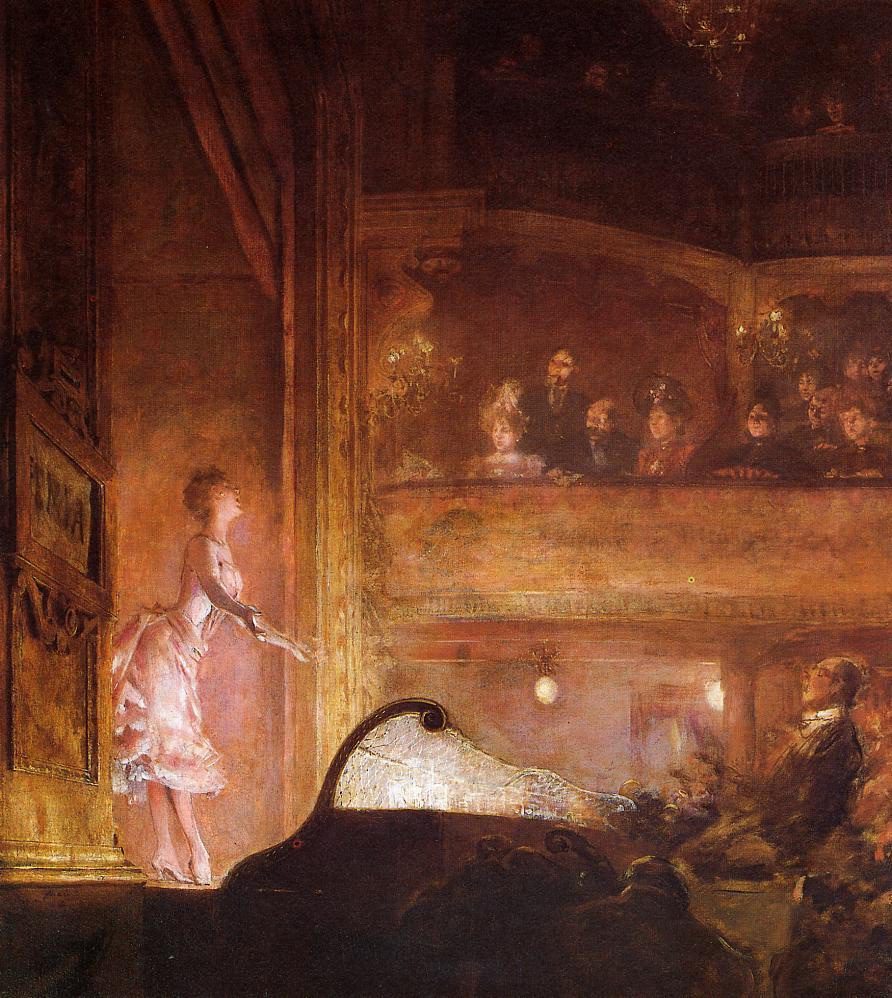
In the post-war years, Forain’s artistic output continued unabated. He explored new themes, delving into landscapes and religious subjects. His works from this period, such as “The Crucifixion” (1920), demonstrated a spiritual introspection that added yet another layer to his multifaceted oeuvre.
Jean-Louis Forain passed away on July 11, 1931, leaving behind a legacy that transcends artistic categorizations. His ability to seamlessly navigate the worlds of satire, portraiture, and social commentary sets him apart as a figure whose impact extends beyond the canvas. His work, characterized by its wit, insight, and technical skill, invites viewers to contemplate the human condition in all its complexity.
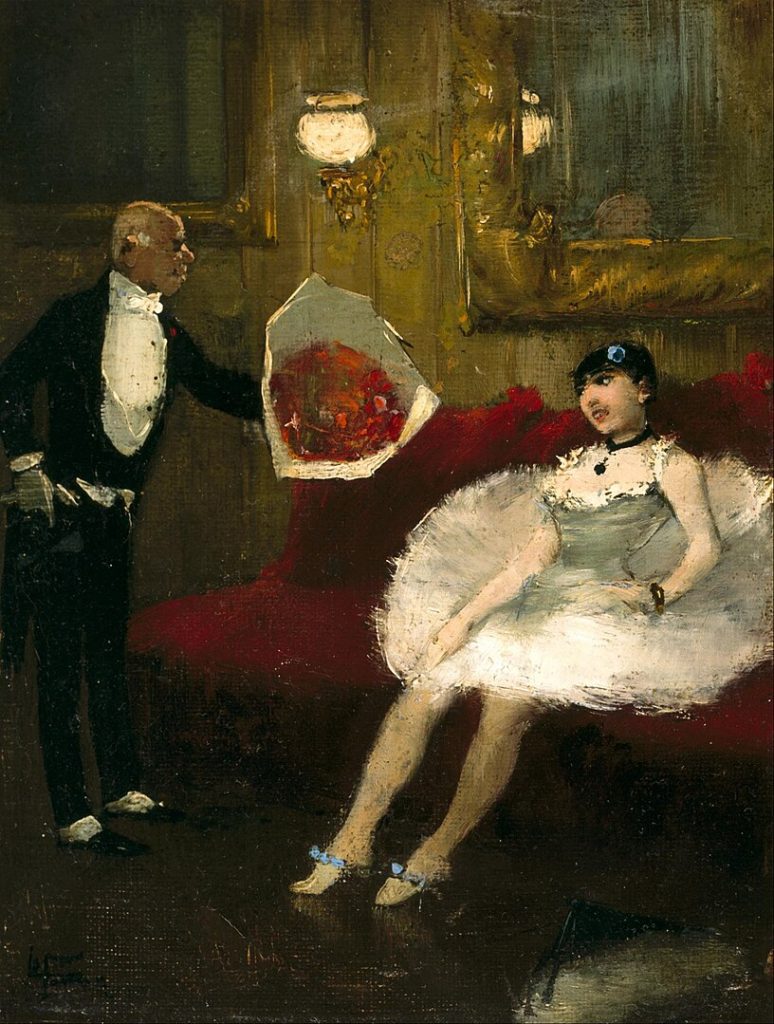
In the annals of art history, Forain remains a bridge between the traditional and the modern, a witness to the societal shifts of his time. His legacy endures in the vast and varied body of work that captures the essence of a changing world, reflecting the enduring power of art to illuminate, provoke, and inspire.

